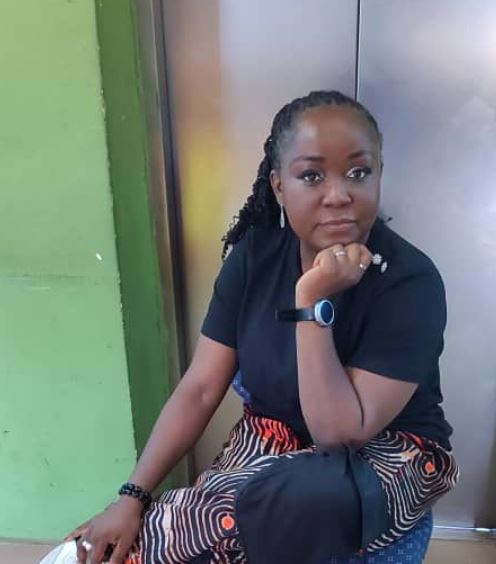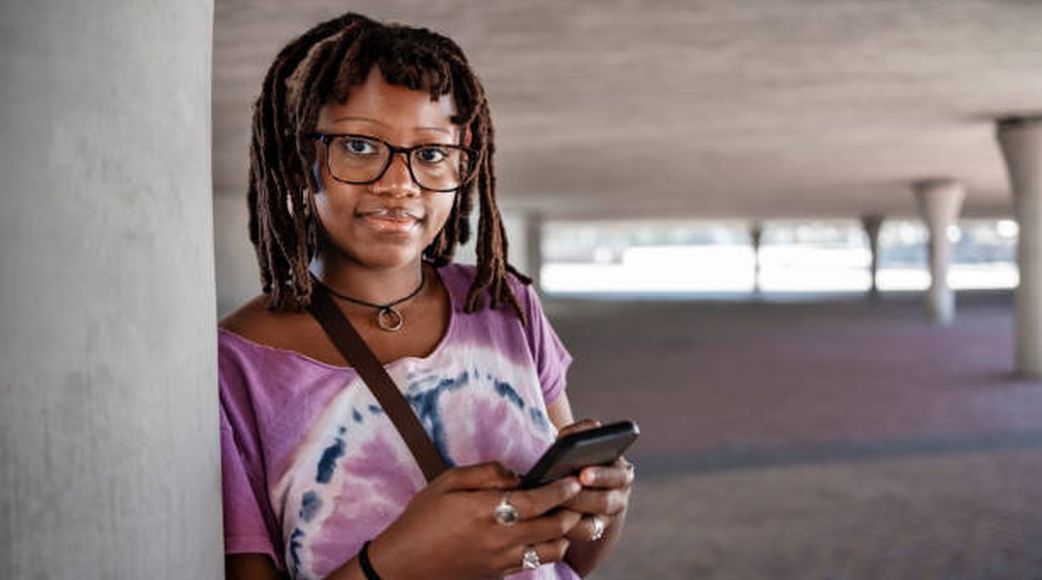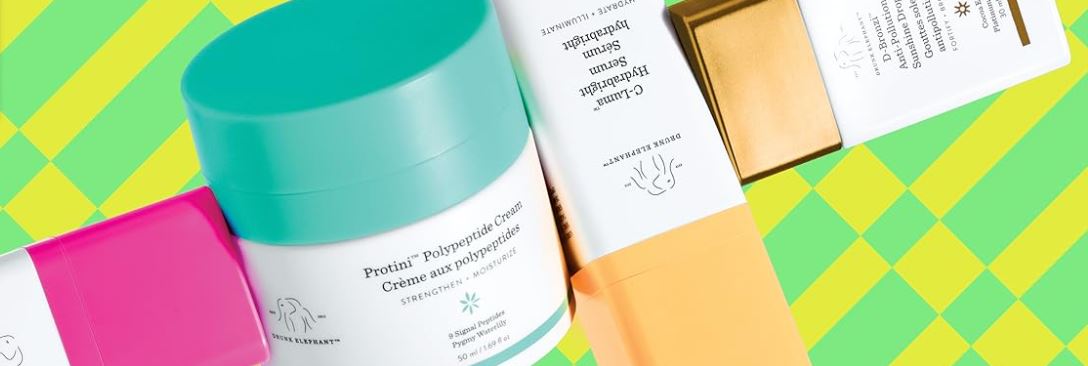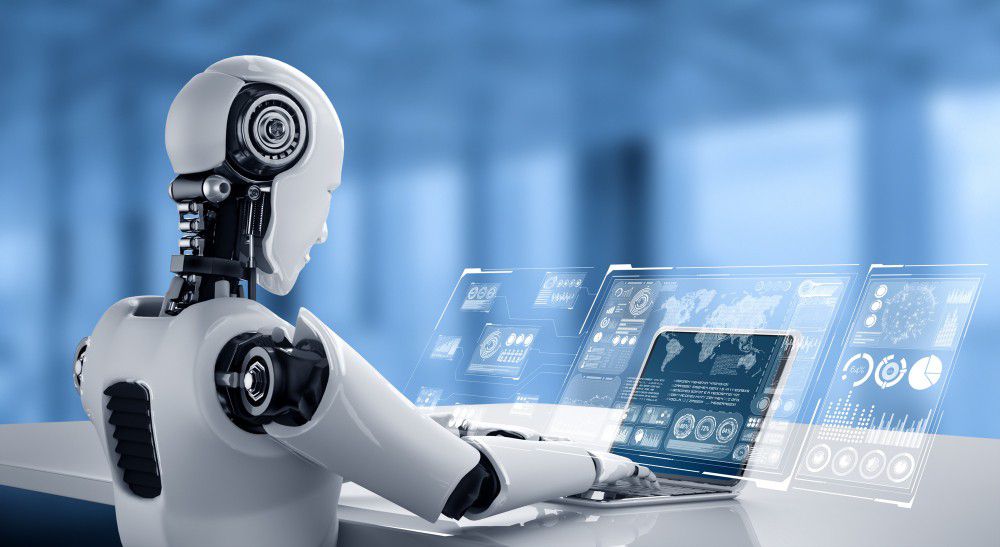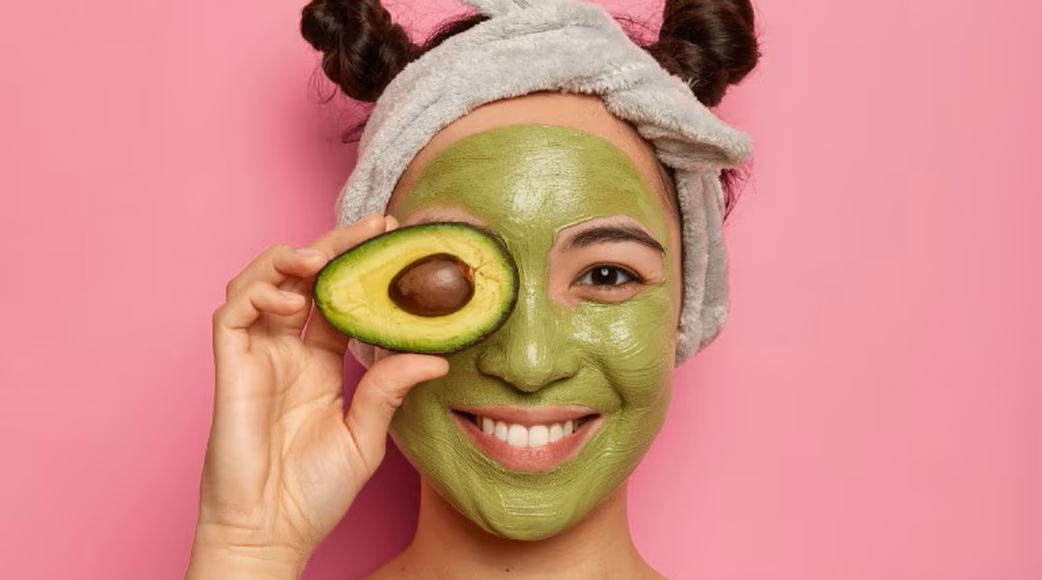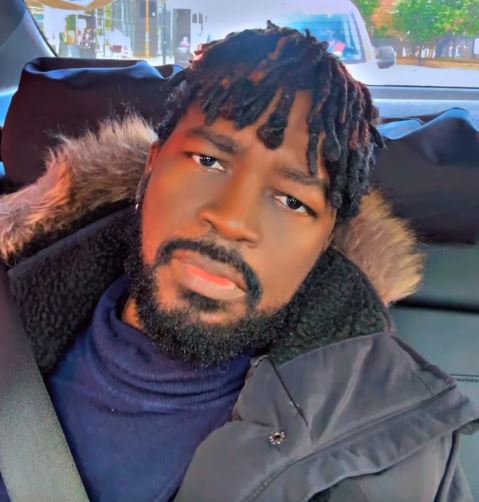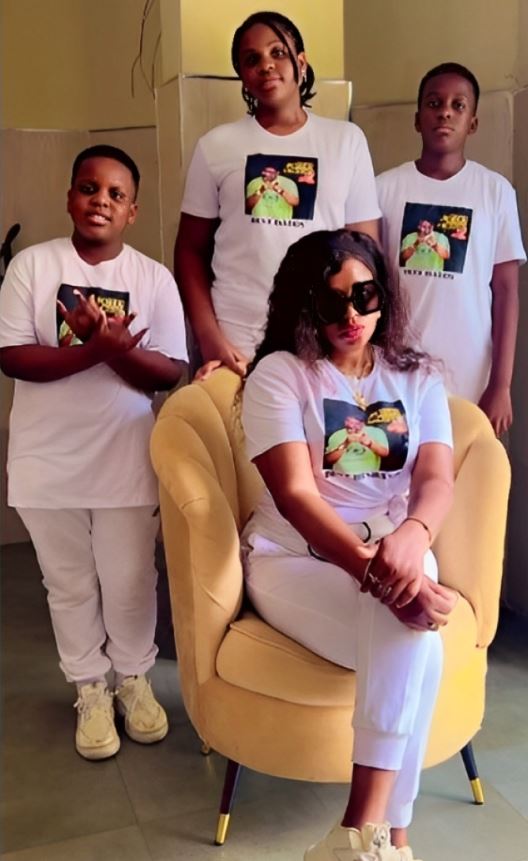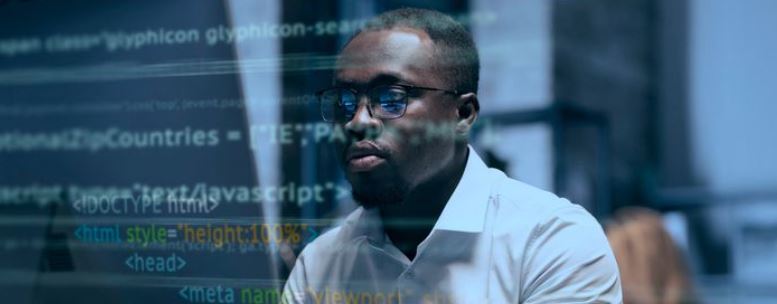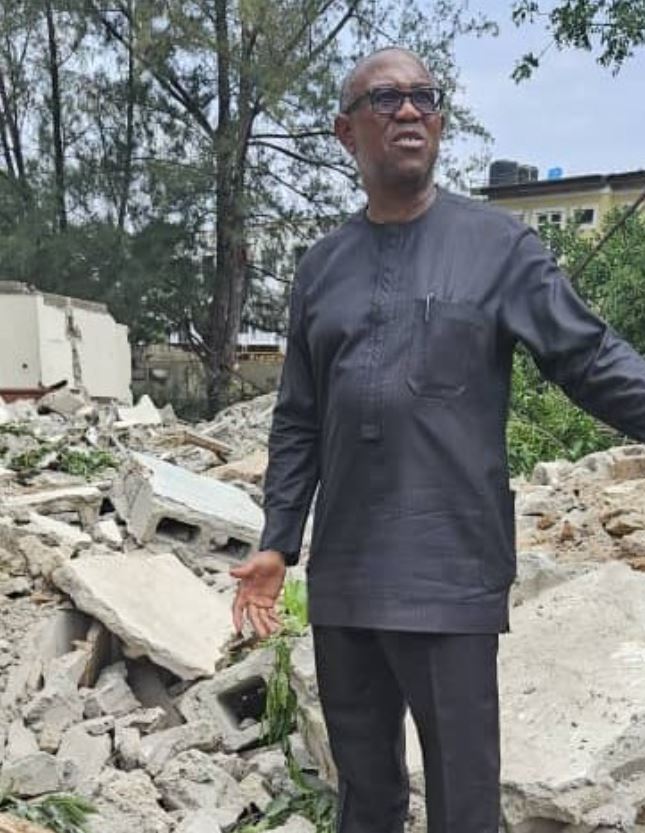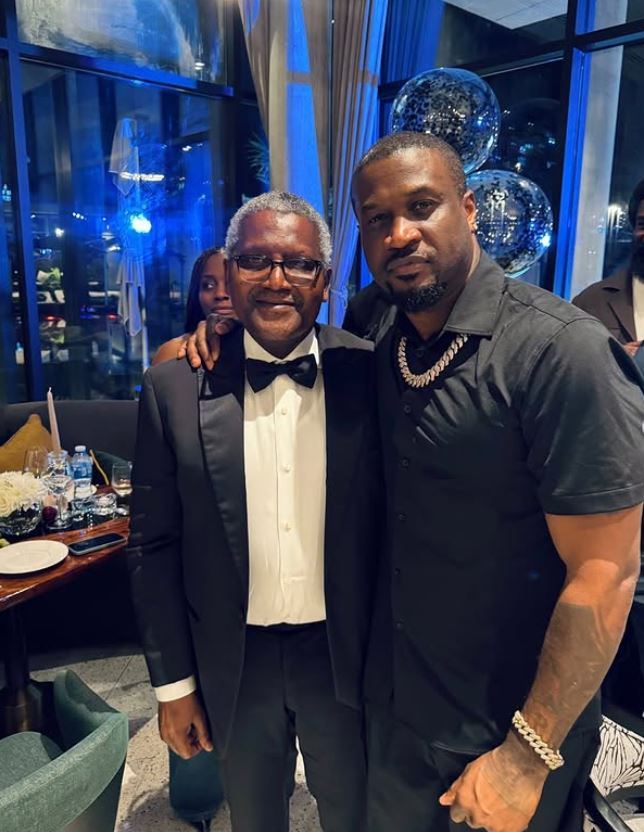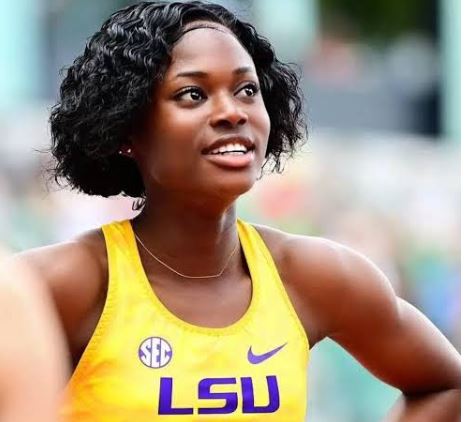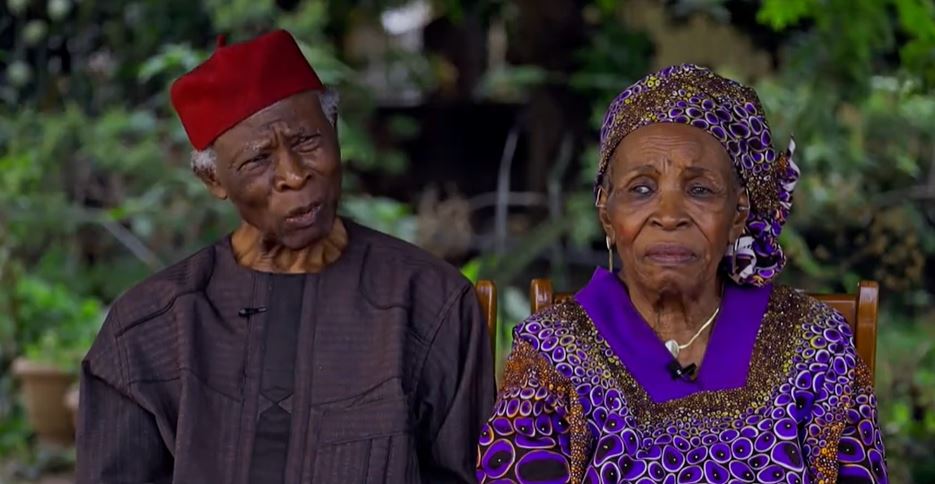This article talks about the dangers of fake drugs. Read it and share your thoughts;
Mrs. Adanna Chimere woke up with a banging headache. She had hoped it would go away upon waking up as she had taken painkillers the night before, but it persisted. Worse, her 16-month old daughter was still having the high fever, and vomiting. The fact that it persisted, meant it certainly was malaria. Or so she thought.
Taking her to the hospital was out of the question, the consultancy fee was not something she could afford to pay, plus she had a full day ahead to sell her goods at the market. She couldn’t afford to spend her whole day at the hospital and not make money for the day. She would just buy some anti-malaria medicine from the kiosk next to her shop and save herself the unnecessary ‘wahala’. There wouldn’t be any risk as she has patronized the Mallam there for years.
As planned, she made the purchase and started the treatment for her daughter. The drugs didn’t work and her daughter got worse.
Adanna had no choice but to take the little girl to the hospital. At this point she was desperate and ready to sell her kidney to pay the hospital bills, but the child died. The child had suffered from kidney failure as a result of toxic medication. Worse, the doctor confirmed that the medicine she had purchased was fake. She had inadvertedly killed her daughter by giving her counterfeit drugs.
The story above may just be an anecdote, but it is the harsh reality that a number of people in Nigeria face. Counterfeit drugs have led to very serious and even deadly consequences for the people who purchase them, often people who are poor and lack access to safe and affordable medicine.
Nigeria is one of the countries bedridden by trade in counterfeit drugs. According to estimations by the National crime prevention council, as much as 10% of all pharmaceuticals in the global supply chain might be counterfeit and in some developing countries the percentage might go up as high as 70%.
By counterfeit drugs, we mean substandard and falsified medications: medications that have expired, that contain the wrong amount of active ingredients, have degraded during transportation, that are of poor quality even though they are licensed and approved, and most of all, medications that deliberately deceive people about their contents or origin.
These counterfeit drugs pose a serious public health threat as they can affect victims in a myriad ways. Sometimes, the effect can be minimal and it would not cause any serious physical damage to the vicitim; sometimes, the effect could be mild; and other times, it can outright cause harm, even leading to their death.
While the government with the creation of NAFDAC and funding certain public health campaigns have made an attempt at raising awareness towards the ill effects of counterfeit drugs (as well as convicting counterfeit drug peddlers), the problem greatly persists.
Fortunately, there are a few things that can be done, on our own, to protect ourselves from these medications and even fight these deceptive drugs.
Ensure you purchase your medication from a licensed/authorized retailer or pharmacies
No matter how ‘broke’ you are, always keep in mind that “life no get duplicate”! If you must purchase the medications yourself, ensure you buy from a licensed/authorized retailer or pharmacies. You can always find a list of these companies on the internet or you can visit any NAFDAC office near you and ask for a list of accredited online pharmacies. A few pharmacies you may want to not down include Healthplus, Medplus, Rosewell, e.t.c. Try to keep away from online stores, especially those who send their drugs. These are sent through international mail facilities, as they usually are the highest culprits when it comes to counterfeit drugs.
Check for the authenticityaut the medication before buying it.
Most original medications have the scratch-panel stickers that is attached to the packets of their drugs, buy those, as it gives you the opportunity to verify its authenticity. Usually, you scratch off the panel to reveal a code which they text to the company to checks the code against its database of genuine drugs and texts back a confirmation of authenticity. If by any chance the product you want does not have this scratch-panel sticker, you can scan the 2D barcode and email the company to verify that the drugs are genuine.
Always get the doctor’s prescription
It always seems easier to self-medicate but you stand a higher chance of buying counterfeit drugs that way. Without the doctor’s prescription which usually includes the specific brand you need to buy, you can easily be swayed by the pharmacist into buying drugs that may seem cheap but are fake detrimental to your health. Ensure you visit a physician and get the right prescription.
Inspect the medicine’s packaging, or qualities
Do not just buy the medicine and swallow. Inspect it to note things such as its colour and shape, then make sure to discard the medication if it is of a different size or colour, has a different or odd-looking brand insignia from the medication you are used to taking or dissolves differently, or badly, or has a strange or bitter taste that you are not accustomed to.
In many cases, an imposter may appear indistinguishable from the genuine product, but that should not dissuade you from being vigilant.
While these simple tips are not sure ways to end the counterfeit drug dilemma, it can help ensure that you protect yourself and reduce possible risks.


